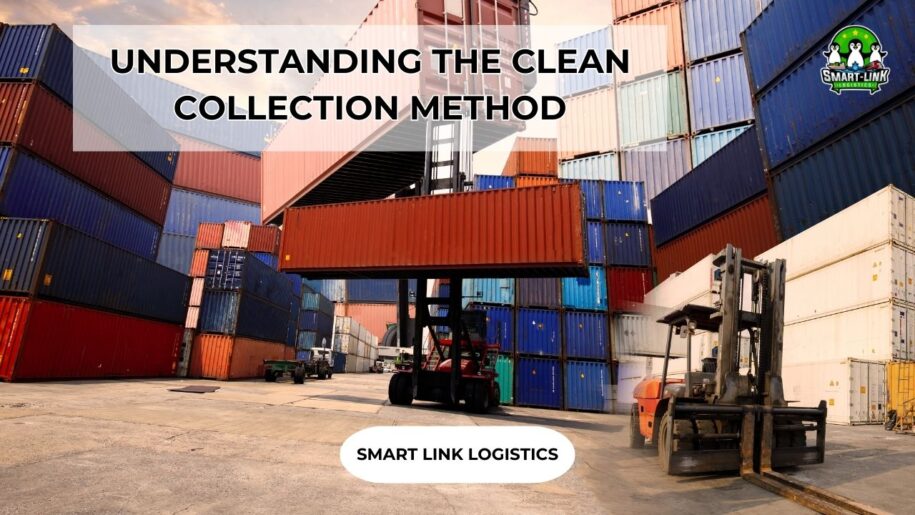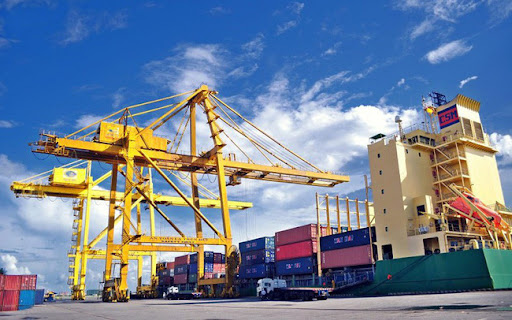
UNDERSTANDING THE CLEAN COLLECTION METHOD
Among the various international payment methods, clean collection method is a popular choice for businesses due to its simplicity and efficiency. However, in addition to understanding the payment process, participants must also be aware of the potential risks associated with this method.
1. What is the Clean Collection Method?
The clean collection method is a payment method where, after delivering the goods, the exporter issues a bill of exchange or check requesting payment from the importer. The bank will then collect the payment without any attached conditions. Unlike a letter of credit (L/C), the bank acts only as an intermediary representing the exporter and does not assume any financial responsibility in the transaction.
The bank follows the collection instructions but makes no financial commitments to the involved parties. The exporter will need to pay the bank a commission fee, along with other costs such as document processing or maintaining the bill of exchange.

2. Characteristics of Clean Collection
Clean collection has the following characteristics:
- Simple Process: The process is far less complicated compared to other methods, as it only requires handling the bill of exchange or check.
- High Risk: Since there are no goods documents to secure the transaction, the seller faces greater risks.
- Low Cost: Due to the straightforward process and minimal documentation, the related costs are lower.
- Used in Trusting Relationships: This method is often employed between business partners with long-standing and trustworthy relationships.
3. Clean Collection Process
The clean collection process involves several key steps:
- Both parties sign a commercial contract.
- The seller ships the goods and provides the documents to the buyer.
- The seller issues a bill of exchange or check for the bank to collect payment.
- The seller’s bank transfers the documents to the buyer’s bank for payment collection.
- The buyer’s bank requests payment or acceptance of the bill of exchange from the buyer.
- The buyer either accepts or makes immediate payment on the bill of exchange.
- The buyer’s bank transfers the funds or the accepted bill of exchange back to the seller’s bank.
- The seller’s bank then delivers the payment or accepted bill of exchange to the seller.
4. Risks of Clean Collection
The clean collection method may present several risks, including:
- For the seller: The buyer may refuse to accept the goods or fail to make payment, resulting in inventory or unsold goods risks.
- For the buyer: The seller may send fraudulent documents, fail to deliver the goods, or instruct the bank to collect payment before the goods arrive, leading to issues during the transportation process.
In conclusion, while the clean collection method is simple and cost-effective, it carries several risks that participants should carefully consider before deciding to apply it. We are proud to have over 13 years of experience in the logistics industry and are committed to supporting you throughout your journey.
Hotline: + 84 935 766 039 to know more about our services

If you require assistance with international import and export of goods, please contact our team at Smartlink Logistics. We are available to provide you with professional guidance on our services and the necessary customs procedures.
SMART LINK: BEST SERVICE BEST YOU


































